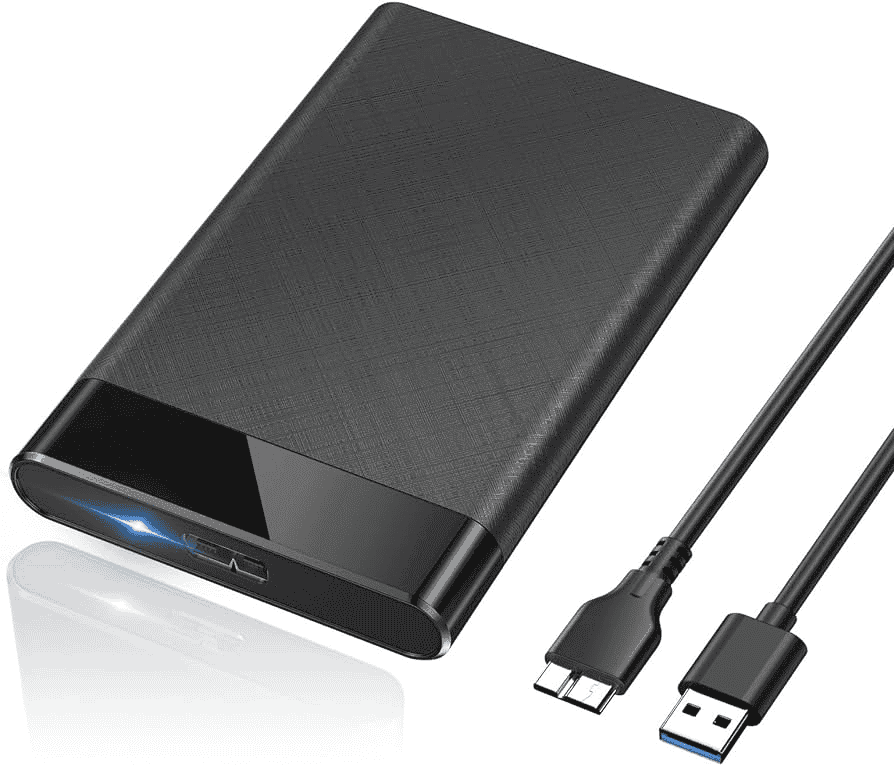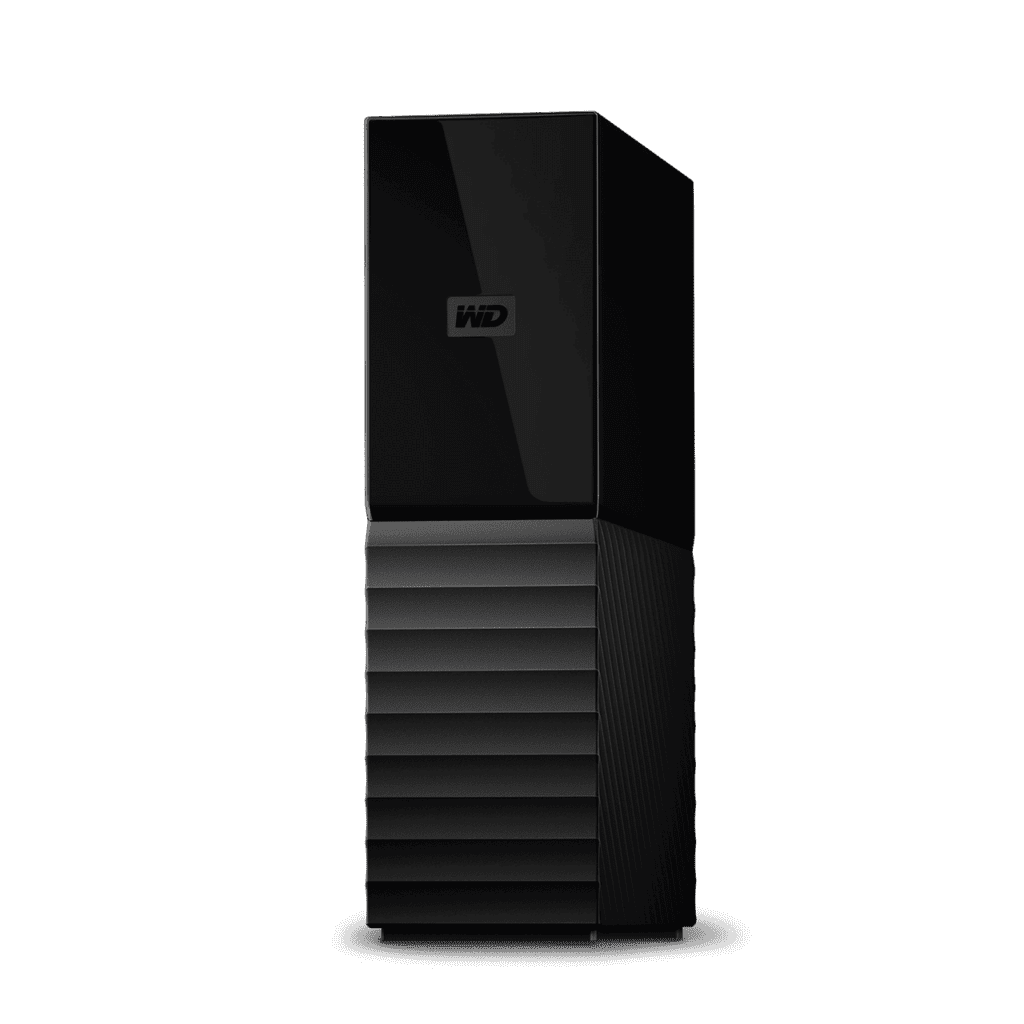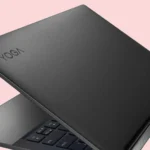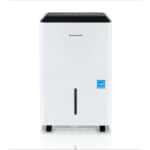Having enough storage space is crucial, whether you’re a student with numerous assignments, a photographer with many high-resolution images, or someone who wants to keep their files safe and organized. External storage options are a great idea to address this need. There are numerous options available, but choosing the right one can be challenging. External and portable hard disk drives (HDDs) have become popular choices for individuals and businesses looking to expand their storage capacity. However, deciding between these two options can be confusing. This article aims to clarify the key differences between external and portable HDDs, enabling you to make an informed choice based on your specific requirements and priorities.
By understanding the strengths and weaknesses of each type, you can select the ideal storage solution that perfectly complements your lifestyle and workflow. We will discuss their main differences, such as portability, storage capacity, speed, durability, and cost. This can help you choose the one that best suits your needs. Choosing between a portable HDD and an external one can be challenging. Portable hard drives are smaller and lighter, making them easy to carry around, while external hard drives typically offer more storage space and faster performance.

The type you need depends on your file usage and mobility requirements. Portable hard drives are ideal for accessing data on the go. They can easily fit in a bag or pocket and operate using your computer’s power, eliminating the need for an extra power cord. On the other hand, external hard drives generally transfer data faster and offer higher storage capacity, making them perfect for storing large files and using them with desktop computers. Understanding the differences between portable and external HDDs can help you make the right choice. The most important factors to consider are storage capacity, speed, and portability. Whether you need something portable or something with high storage capacity and fast data transfer, there’s a suitable option for you.
Weighing Your Options: External vs. Portable Hard Drives
Portability and Convenience
Portable HDDs win hands-down in this category. Designed to be slim and lightweight, they easily slip into a laptop bag or backpack. They draw power directly from your device’s USB port, eliminating the need for an external power source. This makes them perfect for on-the-go use, whether you’re backing up files during your travels or sharing data with colleagues.
External HDDs, while still portable to some extent, are bulkier and often require a separate power adapter. This makes them less convenient for frequent travel but ideal for stationary setups where you need ample storage space.
Storage Capacity
External HDDs typically offer larger storage capacities compared to portable drives. You can find external drives with capacities ranging from several terabytes to even petabytes, making them suitable for storing large media libraries, backups, or extensive project files.
Portable HDDs, due to their compact size, usually have lower storage capacities, often maxing out at a few terabytes. They are suitable for everyday use and storing essential files, but might not be the best choice if you need massive amounts of storage.
Durability
Portable HDDs are built to withstand the rigors of travel. They often come with shock-resistant features and are designed to handle minor bumps and drops. This makes them a reliable choice for users who frequently move their drives around.
External HDDs, while not as rugged as their portable counterparts, are still reasonably durable. However, they are more susceptible to damage if mishandled or dropped due to their larger size and more delicate internal components.
Speed and Performance
Both external and portable HDDs generally offer similar read and write speeds, depending on the specific model and interface used (e.g., USB 3.0, USB 3.1, etc.). However, some high-performance external drives might have slightly faster speeds due to their larger form factor and potential for better cooling.

Price
Portable HDDs tend to be slightly more expensive per gigabyte compared to external drives. This is primarily because of their compact design and added durability features. External HDDs offer a more cost-effective solution for users who prioritize storage capacity over portability.
Comparison Table
| Feature | External HDD | Portable HDD |
|---|---|---|
| Portability | Less portable, often requires external power | Highly portable, powered by USB |
| Storage Capacity | Larger capacities (terabytes to petabytes) | Smaller capacities (up to a few terabytes) |
| Durability | Reasonably durable, but susceptible to damage if mishandled | Designed for travel, with shock-resistant features |
| Speed and Performance | Similar speeds, some high-performance models may be faster | Similar speeds |
| Price | More cost-effective per gigabyte | Slightly more expensive per gigabyte |
In a Nutshell
Choosing the right HDD depends on your needs. If you need something portable and affordable, a small portable HDD is a good choice. But if you prioritize storage space and performance, and don’t mind the bulkier size, a larger external HDD is the way to go.
Key Takeaways
- Portable hard drives are smaller and easier to carry.
- External hard drives often offer more storage and speed.
- Choose based on your specific storage needs and mobility.
Understanding Portable and External Hard Drives
Portable and external hard drives serve unique purposes for storing data. They differ in size, power needs, speed, and usage scenarios.
Key Differences and Similarities
Portable hard drives are small and light. They connect through USB ports and get power from the computer. Portable drives don’t need extra power sources. This makes them easy to carry.
External hard drives are larger and heavier. They are often based on the 3.5-inch hard drives like those found in desktops. These drives usually need an external power supply. This means they are less convenient to transport but offer more storage and speed.
SSD (Solid State Drive) and HDD (Hard Disk Drive) versions exist for both types. SSDs are faster because there are no moving parts, while HDDs might be cheaper but slower.
Choosing the Right Connection Interface
USB 2.0 and USB 3.0 are the most common types. USB 3.0 offers faster data transfer speeds than USB 2.0.
USB-C and Thunderbolt 3 or Thunderbolt 4 provide even better speeds but may cost more. The choice of interface affects performance and compatibility.
Micro-B and Type-C are two different connector types you might find. Type-C is becoming the standard because it is reversible and supports faster charging and data speed.
Portability and Physical Characteristics
Portable drives are easy to carry in a backpack or purse. Their light weight and small size make them ideal for travel. They also have fewer moving parts, which makes them more durable.
External drives, especially desktop versions, are bulkier and heavier. They need more space to set up because of their power cords. They are good for home or office use where they can stay in one place.
Durability is a strong point for portable drives, especially SSDs. They can handle physical damage better because they have no moving parts. External desktop drives are less durable because they are not designed to be moved around.
Storage Performance Factors
Storage capacity varies. Portable drives usually come in smaller sizes, from 500GB to 2TB. External hard drives can offer more, up to 16TB or more.
Speed is another important factor. External drives often spin at 7200 RPM compared to 5400 RPM for portable drives. This makes external drives faster for data access.
Performance in data transfer can differ. SSDs provide faster transfer rates because of their technology. HDDs may lag in this aspect but can be more cost-effective for large amounts of data.
Reliability can be linked to the type of drive. SSDs usually offer better long-term reliability but at a higher price. HDDs might need more care to avoid damage, especially external desktop drives with many moving parts.
Frequently Asked Questions
This section addresses common questions about portable HDDs and external HDDs, covering differences in design, performance, use cases, and more.
What are the main differences between an external HDD and a portable HDD in terms of physical design?
External HDDs often use a 3.5-inch disk, making them larger and heavier. They usually require an external power source. Portable HDDs are smaller and more lightweight, using a 2.5-inch disk, making them easier to carry around and typically powered by a USB connection.
How does the performance of an external HDD compare to that of an internal HDD for gaming?
Internal HDDs usually offer better performance due to direct connections with the motherboard, reducing latency. External HDDs, though good for data storage, may not perform as well in gaming because of slower data transfer speeds and potential delays from USB connections.
In what scenarios would an SSD be a better choice than an external HDD?
SSDs are better for tasks that need fast read and write speeds, like booting up an operating system, gaming, or running resource-heavy applications. They are also useful for those who need a durable and shock-resistant storage solution for mobile use.
What are the typical use cases for a 1TB external hard drive?
A 1TB external hard drive is useful for storing large files like high-resolution photos, videos, and backups. It is ideal for users who need to offload data from their main computer or those who require additional storage space for various projects and media.
How do the longevity and durability of portable HDDs generally compare to other storage options?
Portable HDDs are generally less durable than SSDs because they have moving parts that can wear out or get damaged from drops. In contrast, SSDs have no moving parts, making them more durable and long-lasting in rugged conditions or frequent travel.
What are the power supply requirements for external HDDs compared to portable HDDs?
External HDDs typically need an external power adapter to operate because they use more power. Portable HDDs get their power through a USB connection to the computer, making them more convenient for on-the-go use without needing an extra power source.







